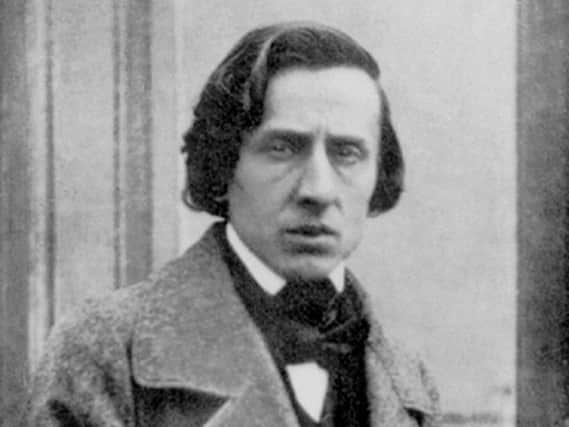Classical Chat: Haydn a father figure in music


He’s a father in more than one sense too, creating a couple of genres which are central to what we know as classical music, most notably the string quartet.
Related: Chopin transports us to inner worldsHaydn is currently a little bit out of fashion, and huge concert halls don’t always show his music off to its best.
Advertisement
Hide AdAdvertisement
Hide AdBut for those willing to listen closely there is much to delight in: a wealth of details, a liking for unusual and unexpected structural twists and turns and more drama than would perhaps be expected.
Haydn’s output is absolutely vast as his life consisted of churning out music and very little else.
But don’t be daunted, here are a few highlights picked out from the huge pile:
The Creation: Haydn’s best large-scale work is this giant choral and orchestral account of Genesis, best known for a stupendous loud chord to depict the making of light.
Advertisement
Hide AdAdvertisement
Hide AdSymphony No 100 “Military Symphony”: Incredibly Haydn wrote 104 symphonies in his life. The richest and longest are the last group, known as the London symphonies, and the pomp and theatrical heft of this one makes it a good place to start.
Symphony No.104 “Bagpipe”: His very last symphony shows off his skill at slow introductions leading to movements built from a single theme (something that would later become popular). The name of this one comes from the folk-influenced finale.
String Quartet Op.64 No.5 “The Lark”: Haydn invented the string quartet and penned more than 60, many of them masterpieces. This one has a beautiful birdsong theme in the opening movement.
Variations in F Minor: Haydn’s piano masterwork is astonishingly direct in
the deep, sad emotions that it explores and in its furious finale. The drama witnessed in the music of Beethoven is just a short step away from here.